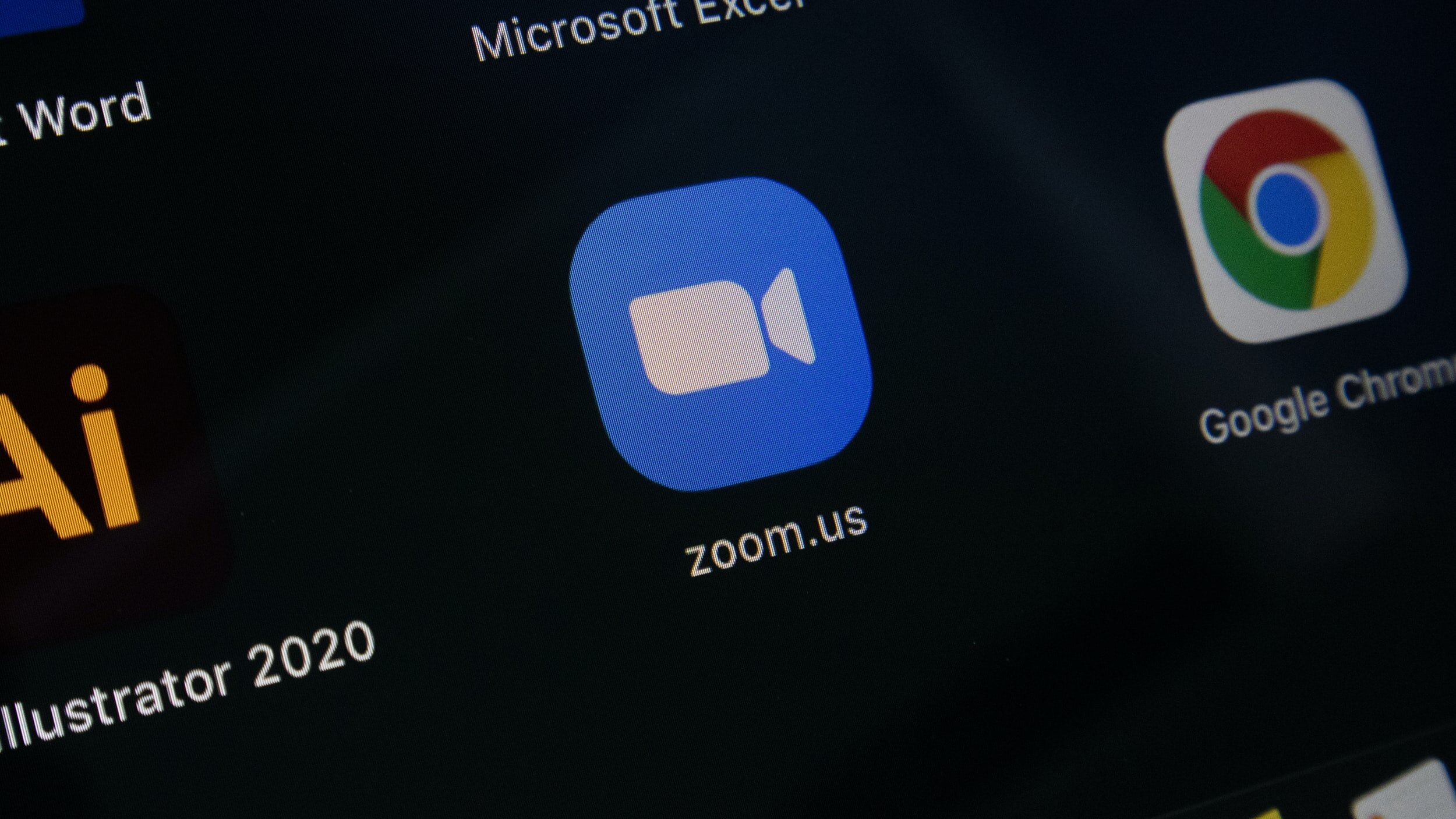Coping | Disability | IBD

The blogger’s teaching/ work zone during COVID-19
Zoom. Many people were familiar with this word in January 2020. Some had probably used the program for business meetings or for catching up with distant friends. Others may have heard of the program but never used it. And, it is likely that a decent number of people had never heard of Zoom. By the end of March 2020, Zoom was a household word. The COVID-19 pandemic transformed this business program into a stable for people of all ages and walks of life. People began ‘Zooming’ into work, school, concerts, and myriad social events.
As powerful as this platform has been in connecting humanity during unprecedented times, it has not escaped criticism. As the weeks passed and the pandemic raged on, people became increasingly frustrated with what they deemed an inferior mode of communication. Seeing someone through a screen is not the same as seeing people in person, they explained. They spoke of Zoom fatigue and social disconnect.
With an increasing number of people vaccinated, many Americans are anxiously awaiting the return of in-person events. I have heard dozens of people reflect that they never want to hear the word Zoom again. While I understand their sentiment, I hope that Zoom can remain part of our daily vocabulary.
As a chronically ill person and a patient advocate, I see tremendous potential in digital video conferencing platforms. I was amazed at the speed and ease with which schools and workplaces switched to Zoom when it was in the majority’s best interest. Classes, concerts, alumni events, library programs, museum lectures, and concerts all began taking place online.
Witnessing this transformation unfold, I could not help but ask where this accessibility has been for the past decade that teleconferencing technology has been around. I spent much of the two years leading up to COVID-19 virtually homebound or hospitalized. My only outings aside from medical appointments were the graduate school courses I stubbornly insisted on continuing despite my rapidly declining health (chronic illness is expensive enough as is without adding extra tuition). I could not drive much of this time and was not allowed to use public transportation because of my weakened immune system.
Fortunately, I have an amazing mother who drove me to my evening classes and graded her school papers (she is a fellow educator) while I sat in class, trying to absorb as much as I could between bathroom runs. The thirty-five to forty-minute commute squeezed every last drop of energy that remained in my body. The trip left me with almost no spoons left for class. Focusing and participating in a graduate class is clearly a challenge for someone who is exhausted from sitting in the passenger seat for half an hour.

The Zoom Icon
Photo by Iyus Sugiharto on Unsplash
There were a few times when I made it halfway through class only to end up with a vomiting flare that left me in the bathroom the whole time (there is nothing quite like being in a public bathroom for over two hours. I would have picked up on some juicy gossip if I had not been so busy puking). There were other times when I could not even make it to class. I remember resting up all day so that I could make it to my 7:00 PM seminar. I was worse than usual that day, but I thought I could pull through. I was wrong. The second I stepped out the door to get in the car, I began vomiting uncontrollably. There was no way I was physically making it to class. Another time, my colonoscopy ran late and I found myself still zonked out when I should have been heading to class.
Throughout this time, I kept thinking about how convenient it would be to attend class virtually. It would have saved time, energy, and those precious spoons that those of us in the chronic illness community hold onto so dearly. I knew the technology was available, but I did not want to bother my professors who had already done so much to accommodate me. I did not want to trouble anyone.
As school, work, and events slowly resume in-person attendance, I hope that we remember to accommodate those who cannot make it to places physically. We should continue seeking methods to make these platforms more effective, user-friendly, and accessible. Teachers and professors should be prepared to welcome virtual learners to class. This will allow students with chronic illness to attend class from home or the hospital. It will also discourage students from attending class when they have a cold or infectious disease which will help everyone stay healthier!
If you are holding a special event or celebration, please consider streaming it on Zoom. Those of us with chronic illness might not always get to support you in person, but we want to cheer you on from afar. We understand that the event will not be the same for us as those who attend in-person, but we would like the opportunity to celebrate with you.
We cannot let this global tragedy pass without taking the opportunity to learn from it. Let us emerge from this era a more compassionate and accessible world.
